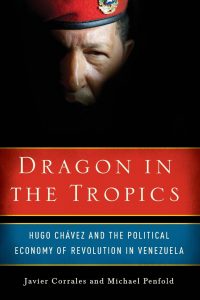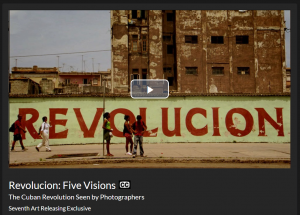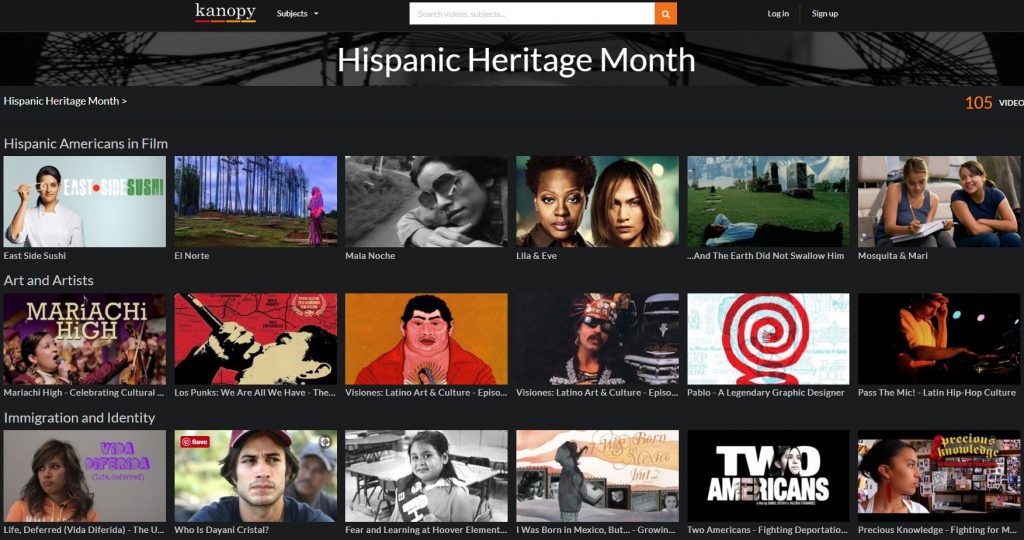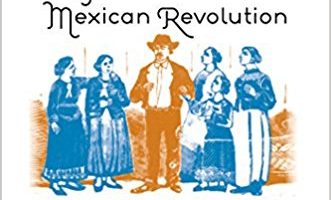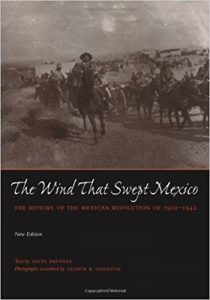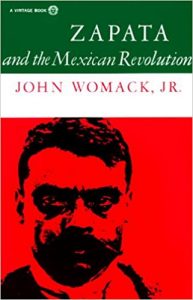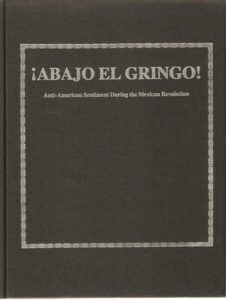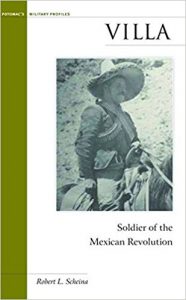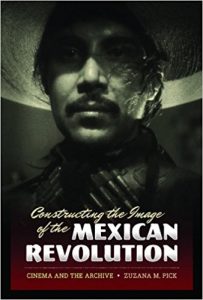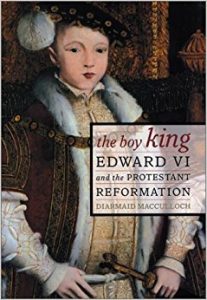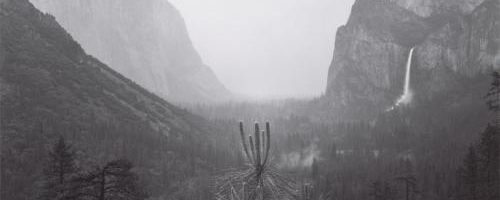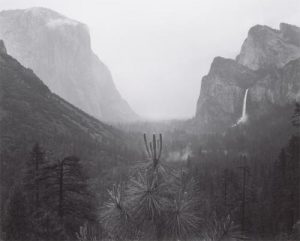
Continuing Theme Thursday focusing on revolutions related to Hispanic Heritage month, we move to Venezuela. The Bolivarian Revolution was a leftist social movement and political process in Venezuela led by late Venezuelan president Hugo Chávez, the founder of the Fifth Republic Movement and later the United Socialist Party of Venezuela. The “Bolivarian Revolution” is named after Simón Bolívar, an early 19th-century Venezuelan and Latin American revolutionary leader, prominent in the Spanish American wars of independence in achieving the independence of most of northern South America from Spanish rule. According to Chávez and other supporters, the “Bolivarian Revolution” seeks to build a mass movement to implement Bolivarianism, popular democracy, economic independence, equitable distribution of revenues, and an end to political corruption in Venezuela. They interpret Bolívar’s ideas from a socialist perspective.
Check out some of these books on Chavez and the Bolivarian Revolution.
Venezuela: Hugo Chávez and the decline of an “exceptional democracy”
Hugo Chávez: Socialist for the twenty-first century
Hugo Chávez and the Bolivarian Revolution: Populism and democracy in a globalised age
Marxist thought in Latin America
In addition to print collections, the library provides access to streaming videos through several sources. This video, Venezuela: From the Inside Out, is “a voyage into Latin America’s most exciting experiment of the new millennium, exploring the history and projects of the Bolivarian Revolution through interviews with a range of its participants, from academics to farm workers and those living in the margins of Caracas. This introduction to the “revolucion bonita” (“pretty revolution”) offers in-depth interviews, unforgettable images and a lively soundtrack that will open new vistas onto this hopeful human project. As he totes his camera on bus and car trips all over Venezuela, director Clifton Ross becomes our tour guide through the Bolivarian Revolution. He sweeps us through its history and takes us to its works-in-progress on the ground. These schools, rural lending banks and cooperatives weave the fabric of Venezuela’s “Socialism of the 21st Century.” They show its failures and successes, its warp and woof. Through it all runs the frayed but unbreakable thread of a people in struggle. Ross is a freelance writer and videographer who has been reporting on revolutionary movements in Latin America for over 25 years (description taken from Kanopy).”

